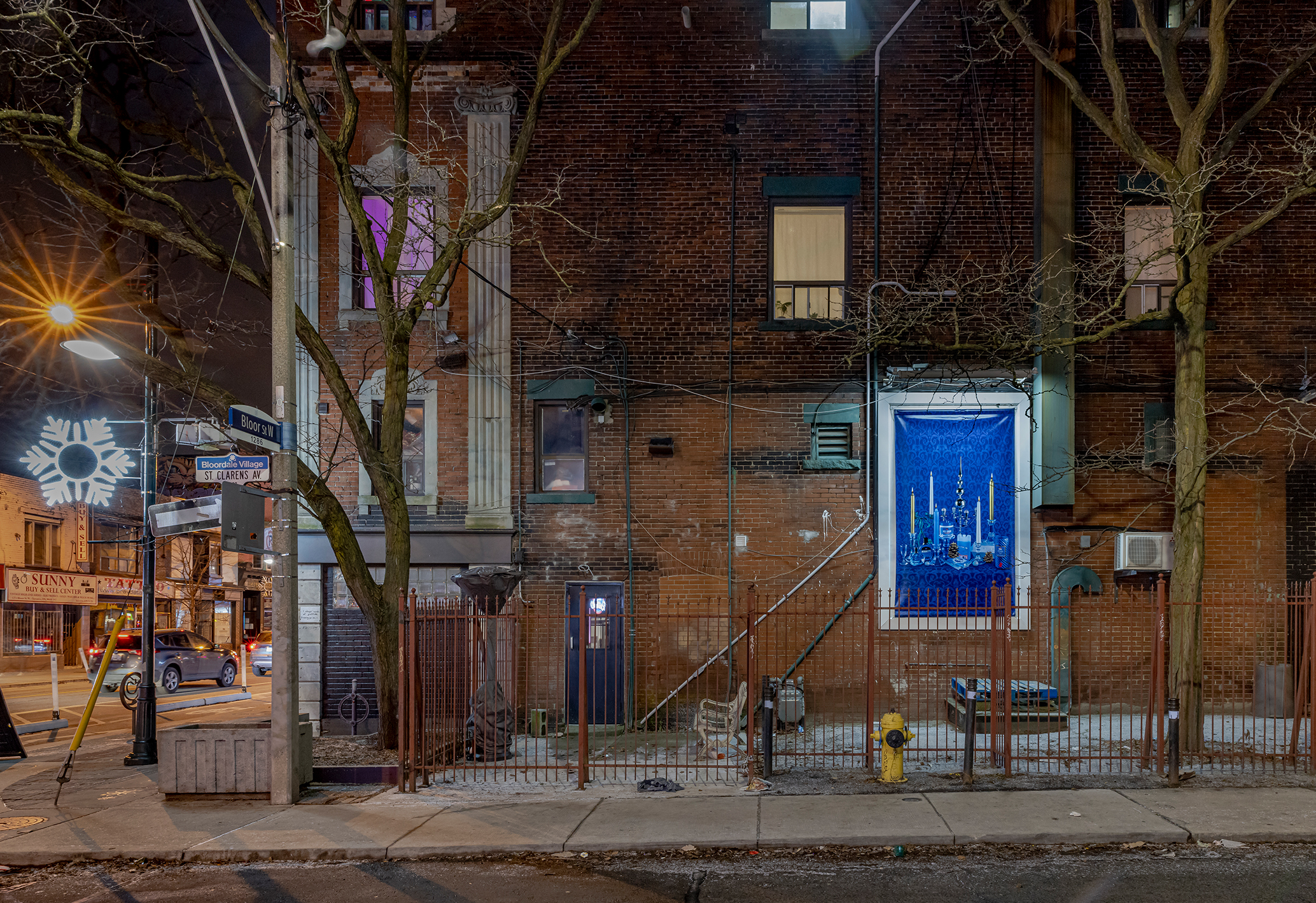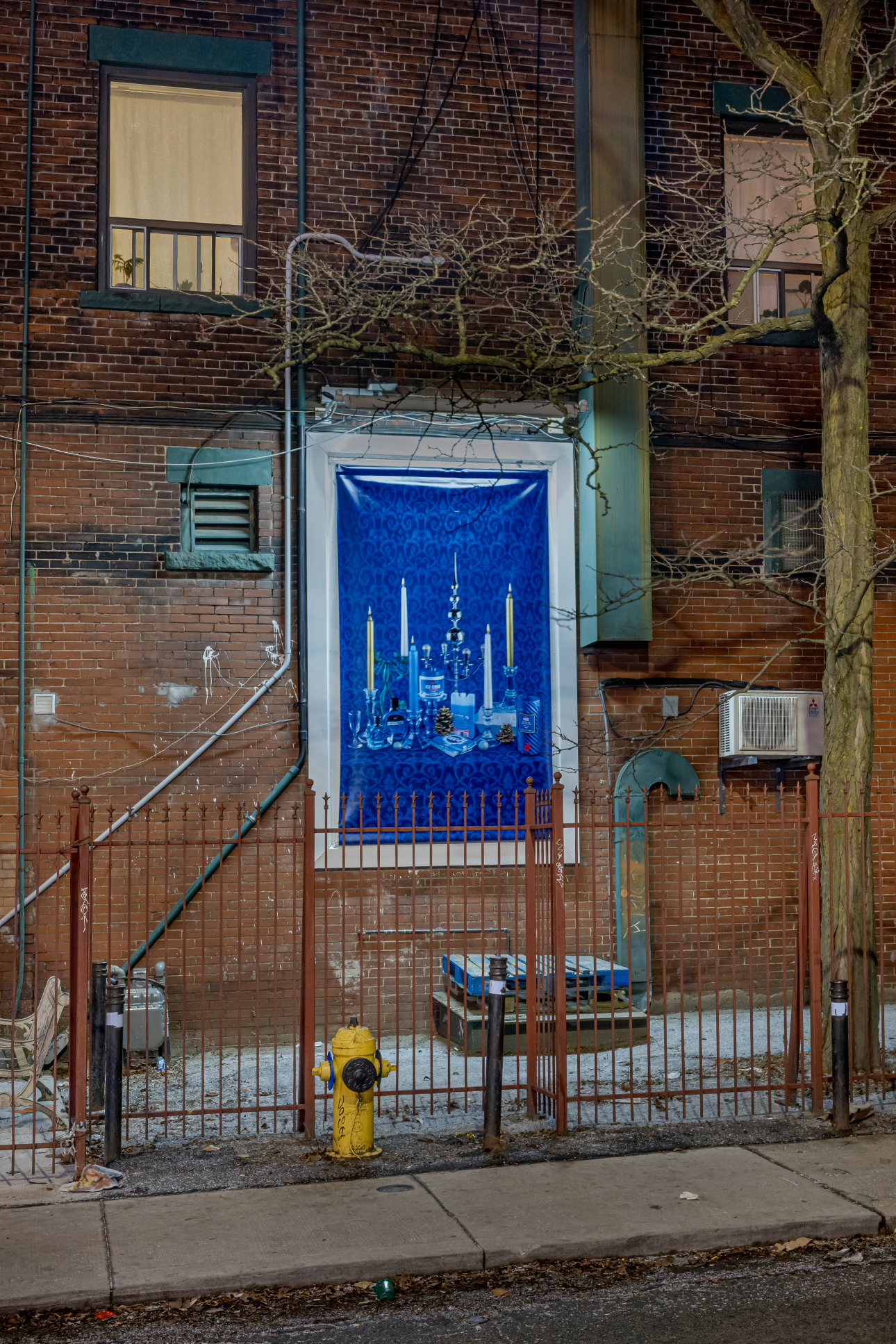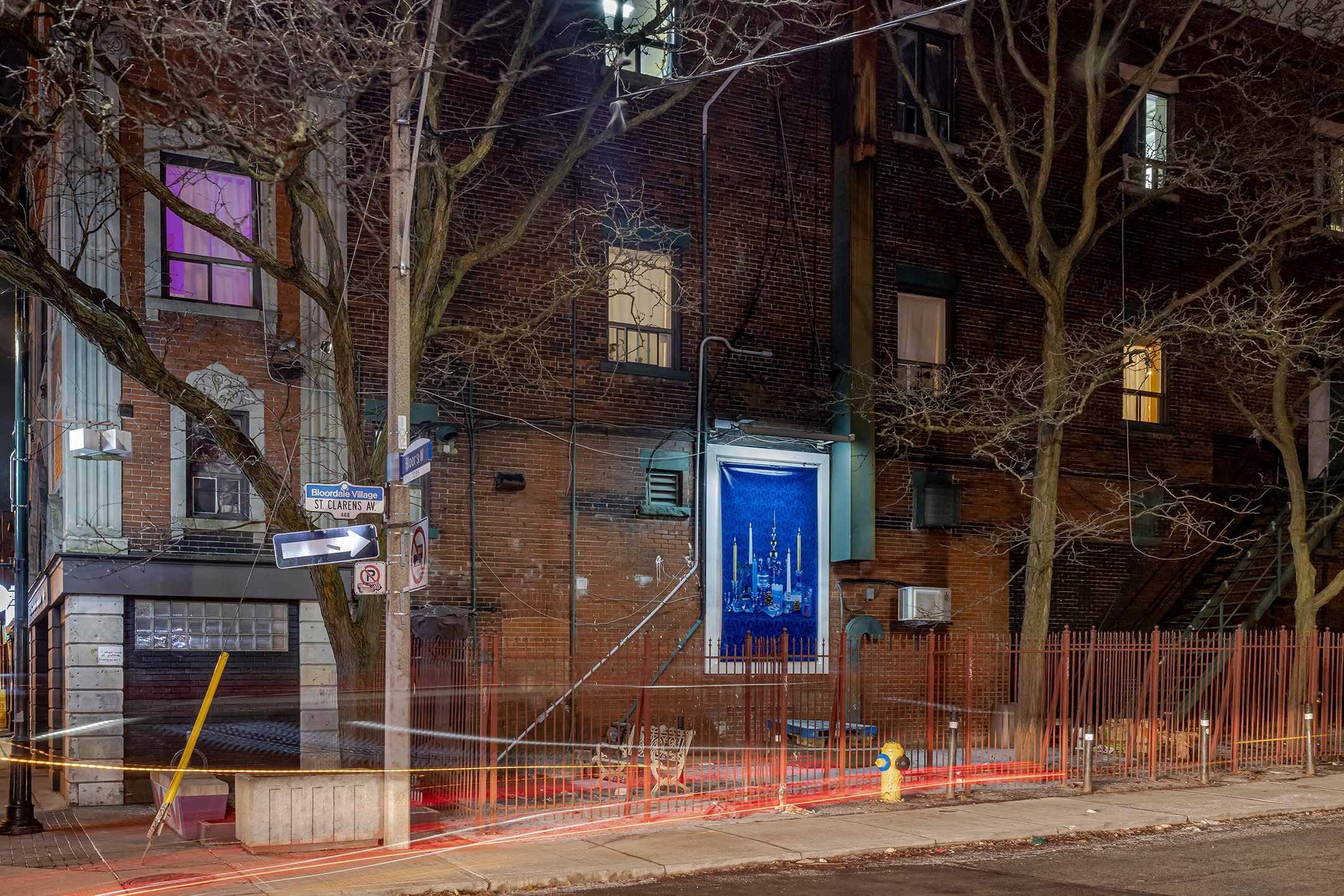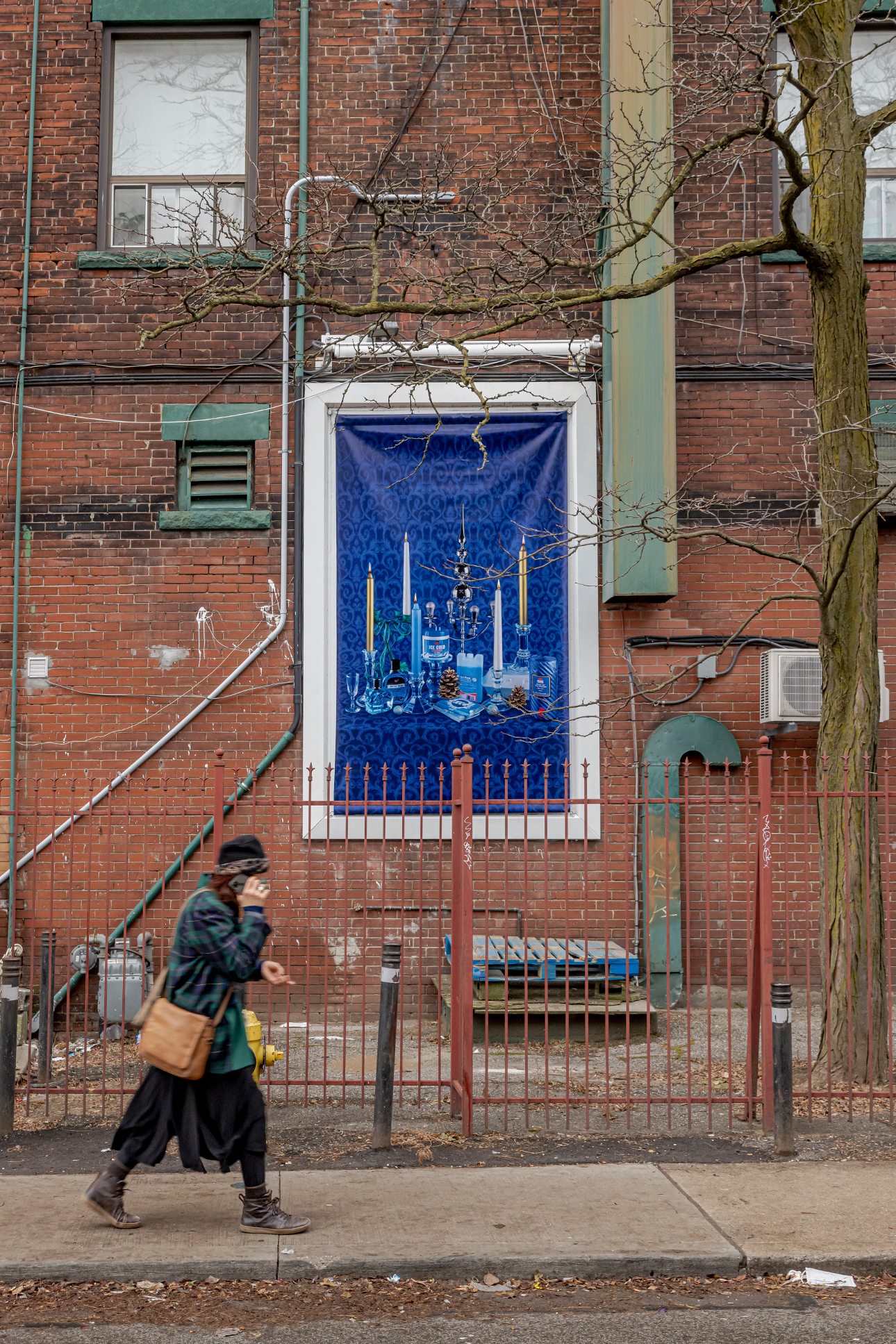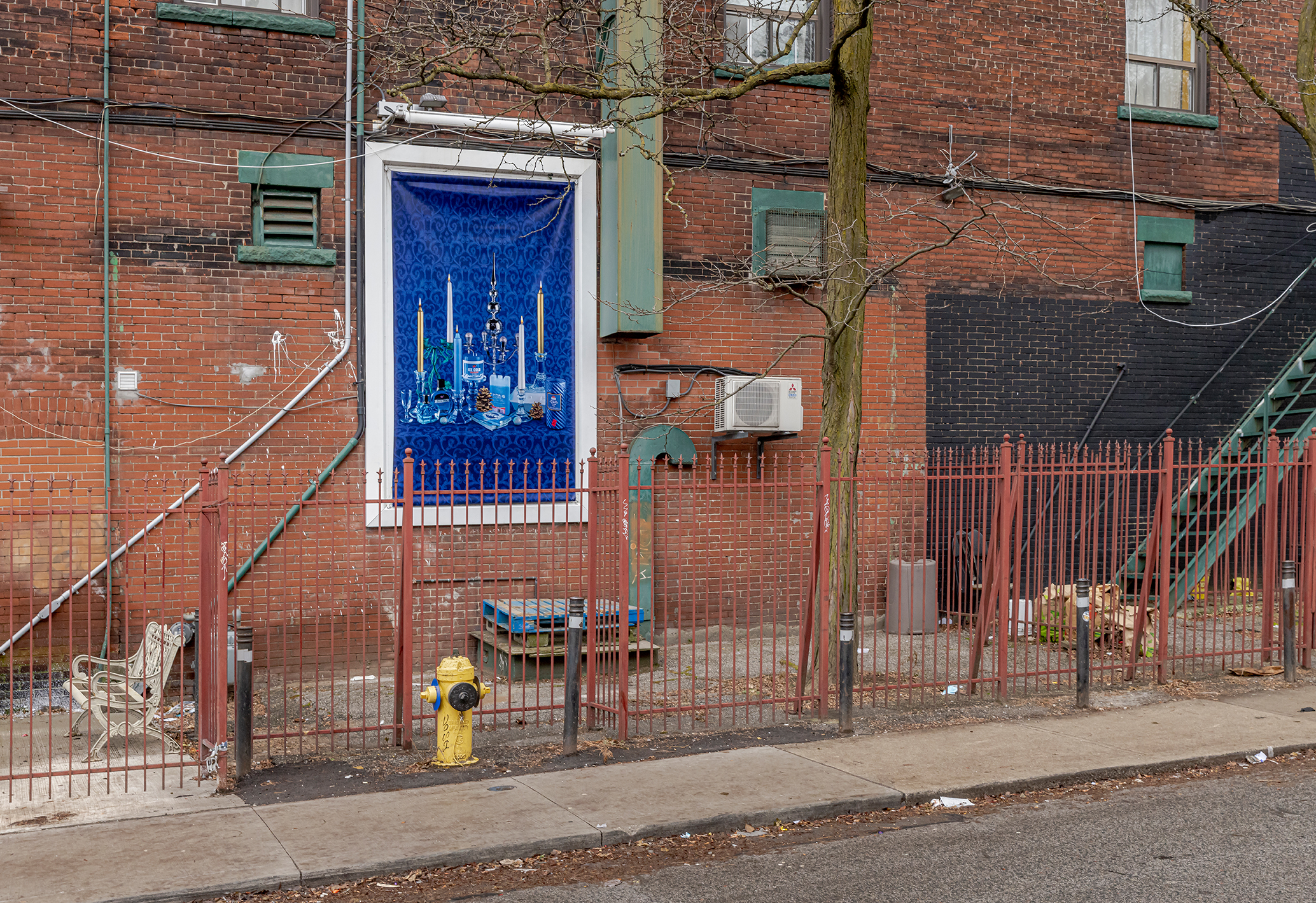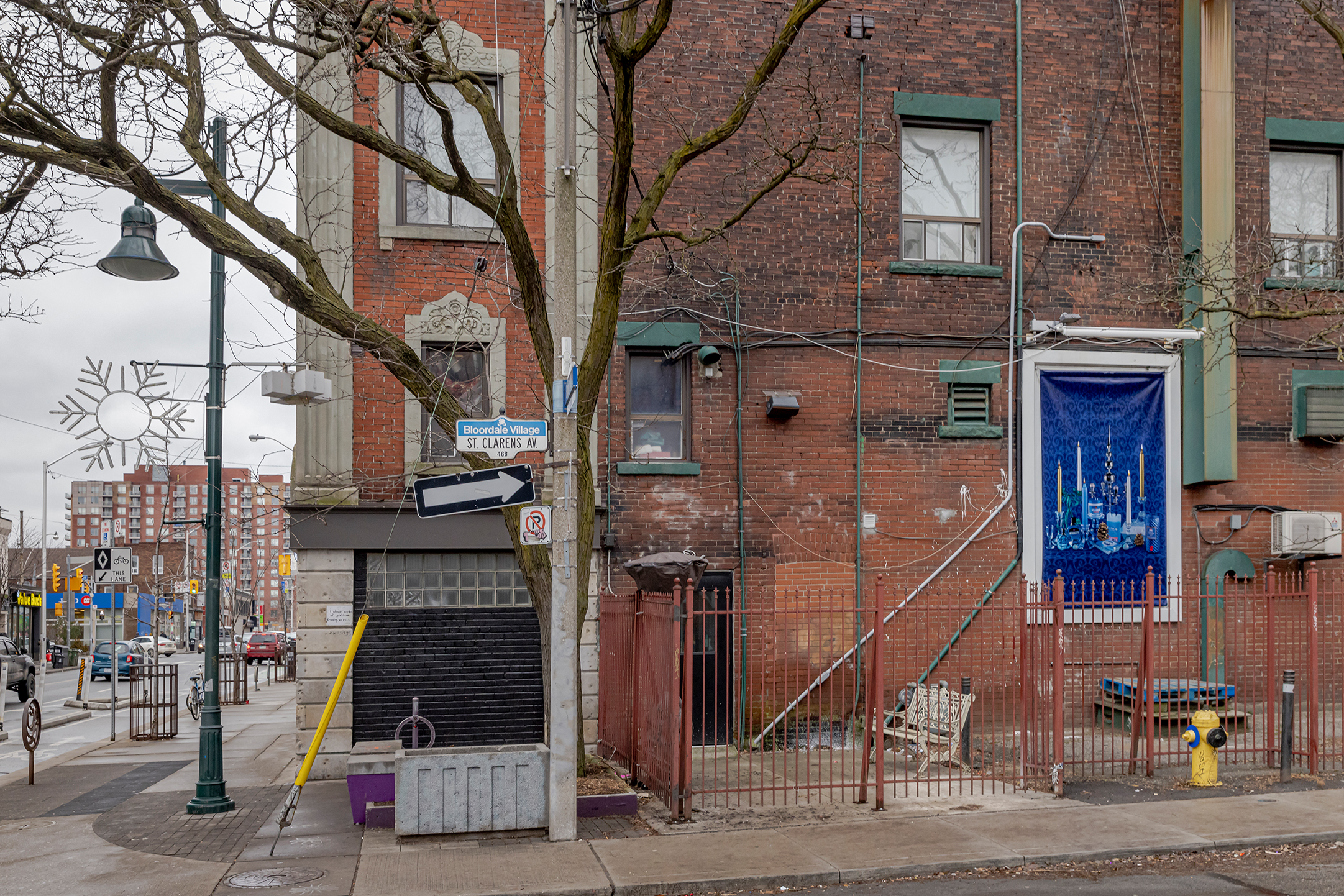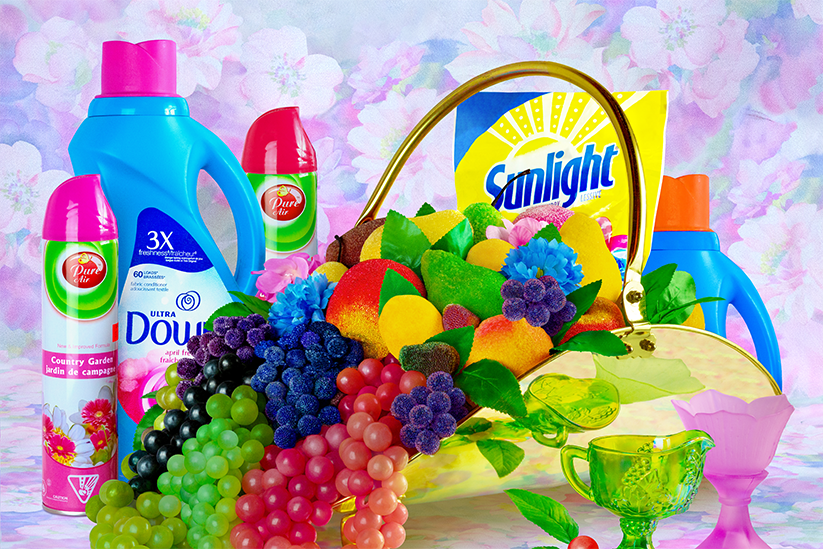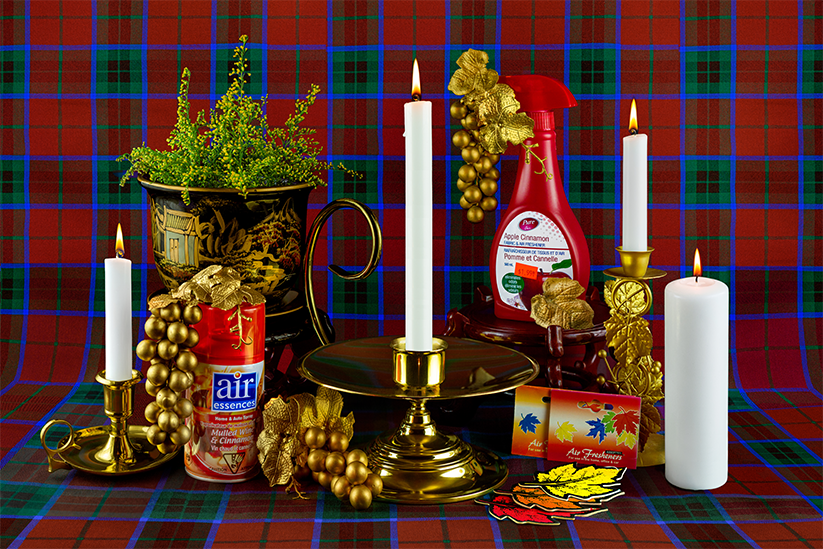SPACE invites one artist to produce a yearlong series of images for a public-facing billboard located on the east façade of Mercer Union.
Mercer Union’s SPACE billboard commission has invited artist Shellie Zhang for its 2021–22 season for a yearlong series titled, A day passes like a year. Known for her highly composed still life works that assemble objects of pop iconography, cultural construction, and diasporic memory, Zhang’s photographs offer vibrant gestures of reclamation, humor, and dissidence.
In a quadriptych portrait of the year ahead and a reflection on the year that has passed, A day passes like a year looks to the Chinese four seasons painting traditions and the immediate locale of Mercer Union to glean a format for telling time in its place through change, personal connection, and collective association.
Ode to Winter (2022) is the second edition in the yearlong series; accompanying the work is a text written by Cason Sharpe.
In a bid to corral my yuletide spirit, I took a trip to the local dollar store. The plastic refuse I took home included a wreath replete with waxy leaves, synthetic Balsam Firs in miniature, a glittery nutcracker, two strings of multicoloured fairy lights, and a model nativity scene rendering Baby Jesus the size of a pinky nail. Carefully arranged amongst a handful of holiday cards on a shelf above my living room radiator, these objects have taken on a talismanic significance, their presence a comfort as an unpredictable pandemic cancels plan after plan. Unable to celebrate winter’s arrival with loved ones and friends, I tend to my seasonal altar instead, adjusting figurines in the light of a sun that lingers a little bit longer each day.
Across town, Shellie Zhang offers a different seasonal altar with Ode to Winter, a royal blue snapshot of the five-minute stroll known as Bloordale Village. The second in a quartet of still life photographs, Ode to Winter presents a portrait of a neighbourhood through a study of what we might find there during the coldest months of the year: a silvery candelabra, its sockets stuffed with silvery balls; a Styrofoam takeout container, lid closed; a pair of pine cones, one big and one small; an ice pack; two sleeves of peppermint gum; metallic candles; decorative crystal; a bottle of Arctic Blue aftershave. Although Bloordale may be small—the entire community fits between two adjacent subway stations, Dufferin to the east and Lansdowne to the west—it’s distinct enough to warrant a name. What makes the area unique, Zhang tells me over the phone, is its lack of demographic specificity. Where else can you find banh mi next to tacos, or a Salvation Army parallel to a gentlemen's club?
Toronto is a city in flux, and Bloordale is no exception. Beloved businesses and long-term residents have taken heed of rising prices and encroaching developers. Some will vacate, whether willingly or with hands tied; others will persevere, supported by local patronage or the skin of their teeth. Changes will be embraced, rejected, or begrudgingly accepted; advocated for and protested against. Snow will fall, melt, fall again. What is now considered new will one day be old, and what is now considered old will be gone. Unveiled on the side of Mercer Union on the darkest day of the year, An Ode to Winter freezes Bloordale in time. I spotted the still life from a block away, big as a billboard and peaceful as a snowglobe untouched. It was Christmas Eve, unseasonably warm, with COVID cases in the province the highest they’d ever been. What do we do amidst constant change? Take stock of what we have and build an altar.
— Cason Sharpe
